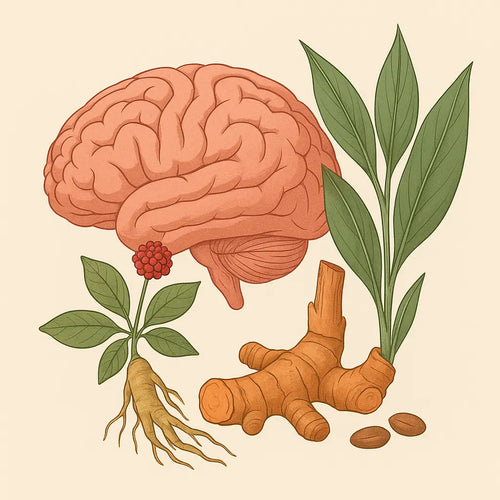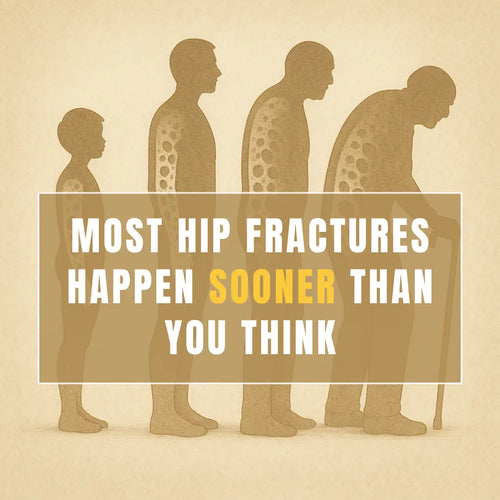When you know the reasons for chronic conditions, you know what to focus on to prevent them or to get better. I decided to make a summary of what I have covered so far when it comes to chronic disease. First I mentioned that it may be a connection between disc degeneration of the back and cardiovascular disease. This may sound very strange until we find that research has documented atherosclerosis (deposits in the arteries) is present in arteries supplying blood to the spine and it is present in arteries supplying blood to the heart. When the tissue does not get enough blood supply it will degenerate (disc degeneration) and if the heart does not get enough blood supply, you will get angina pain and shortness of breath. If the blood supply to the heart is shut off abruptly (as from a blood clot), you get a heart attack. Why do we develop atherosclerosis? Free radical damage and inflammation are factors driving fat and oxidized cholesterol into the artery wall. One interesting finding is that crystallized cholesterol particles which are very sharp can cause injury. It is hypothesized that saturated cholesterol crystallize forming sharp crystals which can injure the inner lining of the blood vessel wall (Abela GS, 2010). This can result in both local and systemic inflammation. It has been observed in autopsies of patients who died from heart attacks that the plaque is pierced by cholesterol crystals which seem to have ruptured the unstable plaque and caused a blood clot to form (Abela GS, Aziz K, 2005). I also said that insulin resistance will increase free radical damage and inflammation. That is a big reason why a lot of people have increased low grade inflammation. Insulin resistance causes type 2 diabetes, but even if it does not develop into that , it will still cause a lot of damage. Low glycemic index high nutrient food is the most effective way to improve insulin sensitivity, reduce free radical damage and reduce low grade inflammation. When patients with cardiovascular disease followed a plant based diet it resulted in a re-occurrence rate of only 0.6% in 3.7 years compared with a 62 % re-occurrence for those who did not follow the diet (Esselstyn CB Jr, et al. 2014).









